Spice Chronicles: A Poblano Pepper Journey Through Global Flavors
Table of Contents
Introduction to the Poblano Pepper
The poblano pepper, also known as the Mexican chili pepper, is a staple in many global cuisines. With its mild to medium heat level and rich, earthy flavor, it's a favorite among both amateur cooks and seasoned chefs. The poblano is often used in traditional dishes like chiles rellenos, enchiladas, and salsas, but its versatility allows it to shine in a wide range of culinary creations.
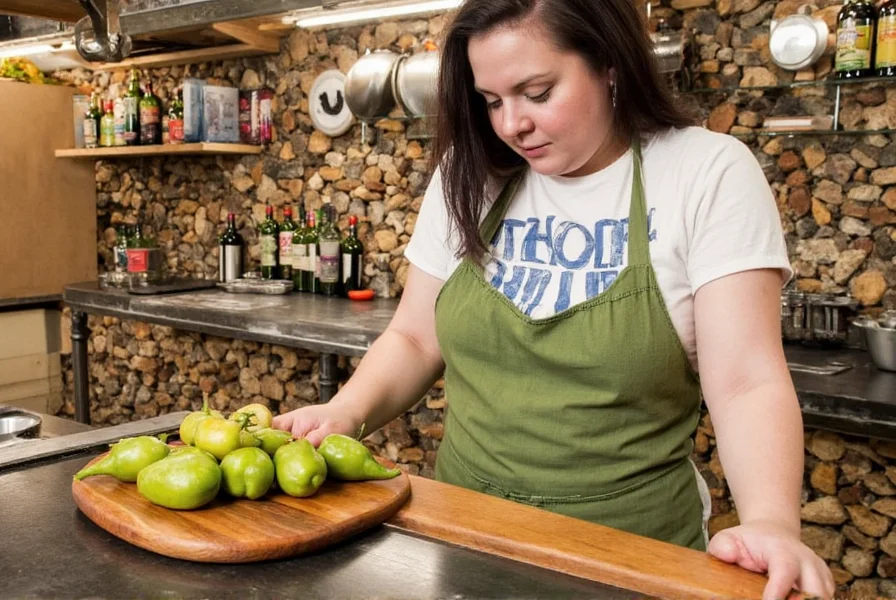
One of the unique characteristics of the poblano is that it can be eaten raw or cooked. When roasted, it develops a smoky depth that enhances any dish. Its thick flesh makes it ideal for stuffing, while its subtle heat adds a pleasant kick without overwhelming the palate.
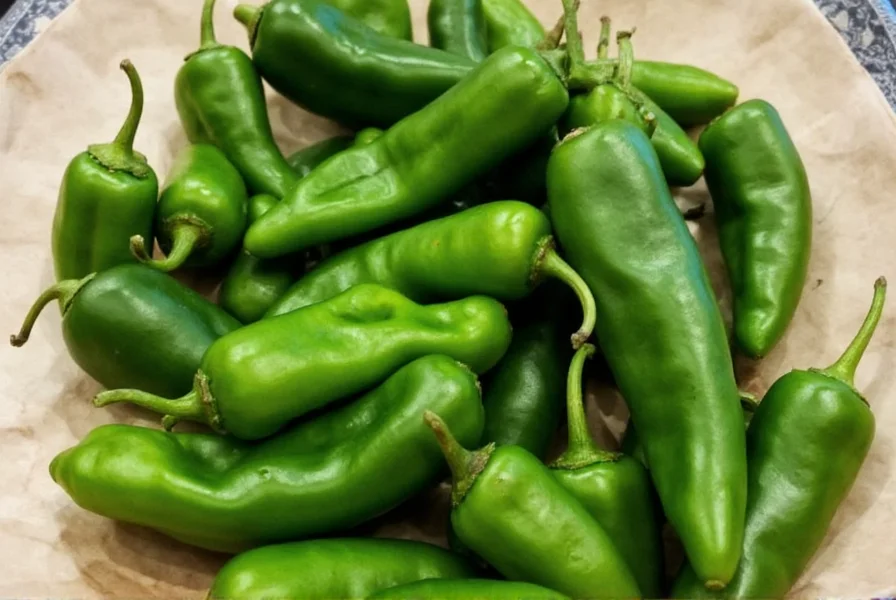
Global Spice Traditions and the Poblano
The poblano pepper may have originated in Mexico, but its influence has spread far beyond the borders of its birthplace. In Latin America, it's a key ingredient in many traditional recipes, while in other parts of the world, it's being embraced for its unique flavor profile.
Let’s explore how different cultures incorporate the poblano into their spice traditions:
| Cuisine | Use of Poblano Pepper | Signature Dishes |
|---|---|---|
| Mexican | Stuffed, roasted, or pureed | Chiles Rellenos, Salsa Verde, Enchiladas |
| Spanish | Used in saffron-based stews and sauces | Pisto, Patatas Bravas |
| Caribbean | Added to spicy stews and marinades | Jerk Chicken, Callaloo |
| Asian | Used in fusion dishes and curries | Thai Green Curry, Korean Kimchi Variations |
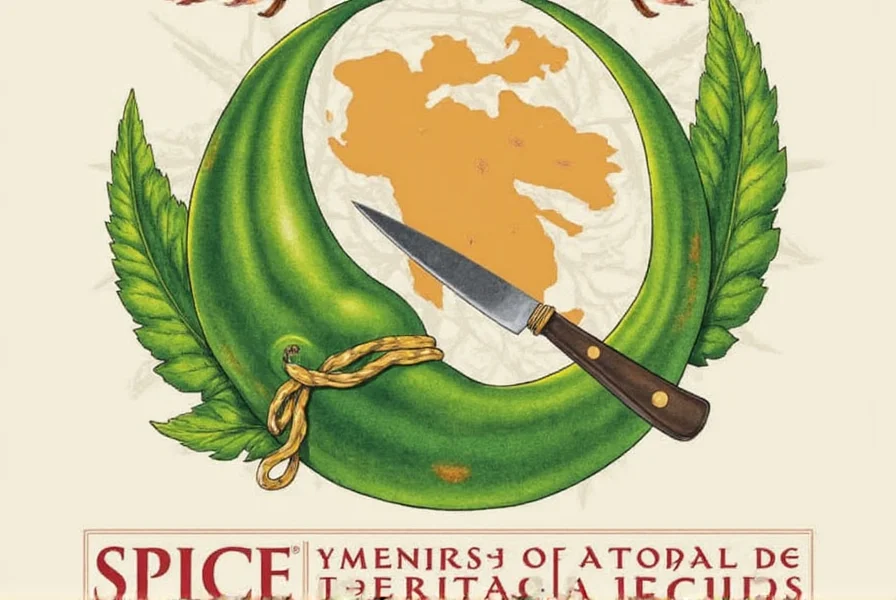
As the global food scene continues to evolve, the poblano pepper is becoming more than just a regional ingredient—it's now part of a broader culinary conversation. Chefs and home cooks alike are experimenting with new ways to use this versatile pepper, making it a true global spice icon.

Practical Tips for Cooking with Poblano Peppers
If you're new to working with poblano peppers, here are some practical tips to help you make the most of them:
- Roast for Depth: Roasting a poblano over an open flame or under the broiler brings out its natural sweetness and smokiness. This technique is perfect for adding complexity to salsas, dips, and sauces.
- Use Fresh or Dried: While fresh poblano peppers are great for cooking, dried versions (like chipotle) offer a more intense flavor. Use dried peppers when you want a stronger, smokier taste.
- Handle with Care: Like all chili peppers, poblano can cause irritation if not handled properly. Always wear gloves when cutting, and avoid touching your eyes or face afterward.
- Pair with Complementary Flavors: Poblano pairs well with tomatoes, garlic, onions, and citrus. These ingredients help balance its mild heat and bring out its earthy notes.
- Experiment with Heat: If you prefer milder flavors, remove the seeds and membranes before using. For more heat, leave them in or add a few drops of hot sauce.

Whether you're making a simple salsa or a complex stew, the poblano pepper is a great addition to your kitchen arsenal. Its adaptability makes it a favorite for both beginners and experts.
Buying Guide: How to Choose the Best Poblano Peppers
Choosing the right poblano peppers can make a big difference in your cooking. Here's what to look for when purchasing them:
Features to Look For
- Freshness: Look for firm, glossy peppers with no soft spots or blemishes. Avoid those that are shriveled or discolored.
- Size and Shape: Poblano peppers are typically 4–6 inches long and slightly tapered. They should feel heavy for their size, indicating they're full of moisture.
- Color: Fresh poblano peppers are usually green, but they can turn red when fully ripe. Both colors are delicious, though red peppers tend to be sweeter.
Best Uses and Target Audience
- For Home Cooks: Ideal for making salsas, stuffed peppers, and roasted dishes. Great for those who enjoy cooking with a variety of spices.
- For Chefs: Perfect for adding depth and complexity to gourmet dishes. Suitable for restaurants and catering businesses looking to expand their menu offerings.
- For Foodies: A must-have for anyone exploring global cuisines and trying new ingredients.
When to Use Them
- Seasonal Availability: Poblano peppers are available year-round in most grocery stores, but they are at their peak during late summer and early fall.
- Suitable Occasions: Use them for family dinners, holiday meals, or casual gatherings. Their mild heat makes them accessible for a wide range of guests.
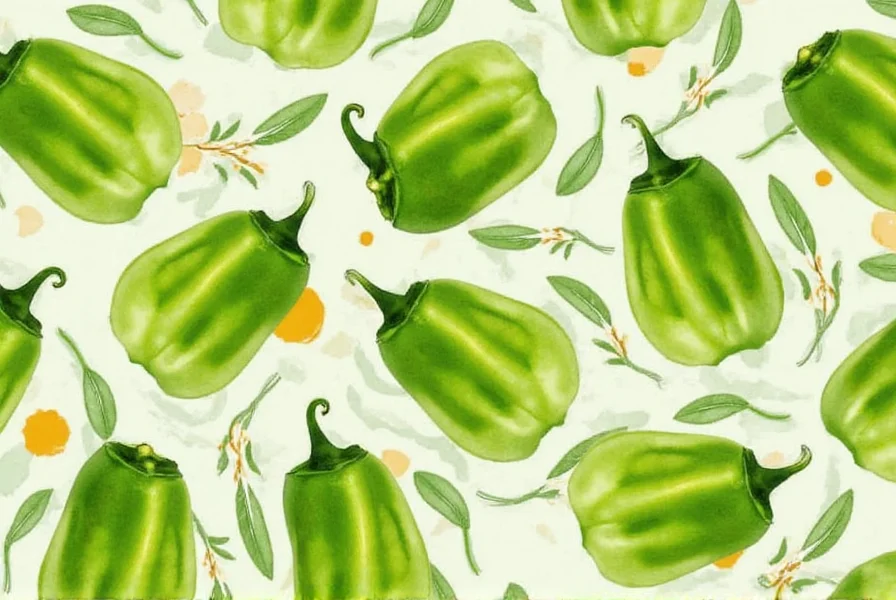
The poblano pepper is more than just a spice—it's a gateway to a world of flavors and cultural connections. Whether you're cooking for yourself or sharing a meal with others, this pepper offers something special for every occasion.
Cultural Insights: Poblano in Different Cuisines
The cultural significance of the poblano pepper varies across the world, but its presence in local cuisines speaks to its universal appeal. Let’s take a closer look at how it's used in different regions:
Mexico: In Mexico, the poblano is deeply rooted in tradition. It's used in everything from everyday meals to ceremonial dishes. One of the most iconic uses is in chiles rellenos, where the pepper is stuffed with cheese, battered, and fried. It's also a key ingredient in salsa verde, which is made by blending the peppers with herbs and lime.
Spain: Though not native to Spain, the poblano has found its way into Spanish cuisine through the influence of Latin American immigration. It's commonly used in pisto, a vegetable stew similar to ratatouille, and in patatas bravas, where it adds a subtle heat to the spicy sauce.
Caribbean: In Caribbean countries, the poblano is often used in stews, marinades, and sauces. It complements the bold flavors of jerk seasoning and gives a nice kick to dishes like callaloo and ackee and saltfish.
Asia: Asian chefs have been incorporating the poblano into their cooking in creative ways. In Thailand, it's sometimes used in green curry for added depth, while in Korea, it appears in kimchi variations that mix traditional fermentation techniques with new flavors.
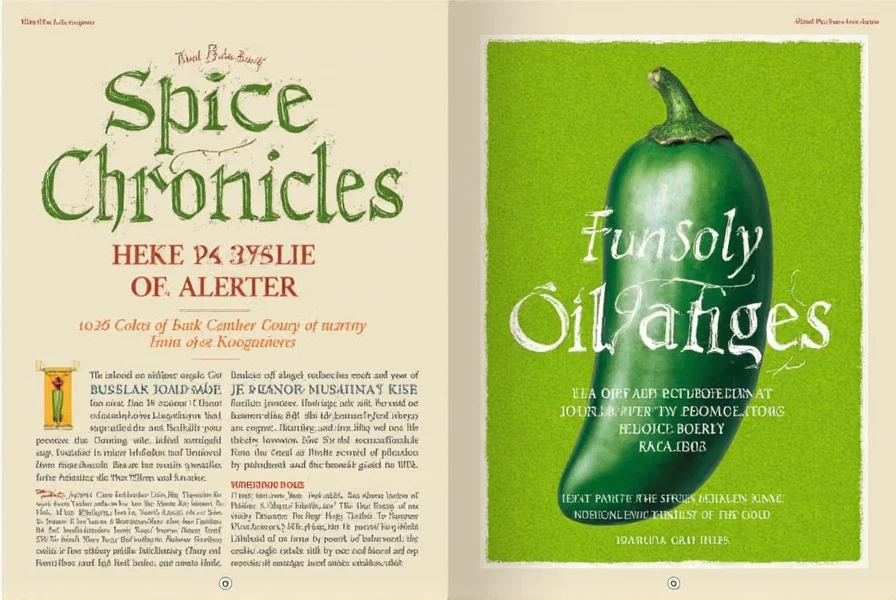
As the world becomes more connected, the poblano pepper continues to bridge culinary traditions. It's a reminder that spices are not just about heat—they’re about stories, heritage, and shared experiences.
Conclusion
The poblano pepper is a humble yet powerful ingredient that has made its mark on global spice traditions. From its roots in Mexico to its widespread use in kitchens around the world, it brings warmth, flavor, and cultural richness to every dish it touches. Whether you're a seasoned chef or a curious food lover, the poblano is a must-have in your spice collection.
So next time you're shopping for peppers, don’t overlook the poblano. Its versatility, mild heat, and rich flavor make it a standout choice for any recipe. And remember—when it comes to spice, sometimes the best discoveries come from the simplest ingredients.
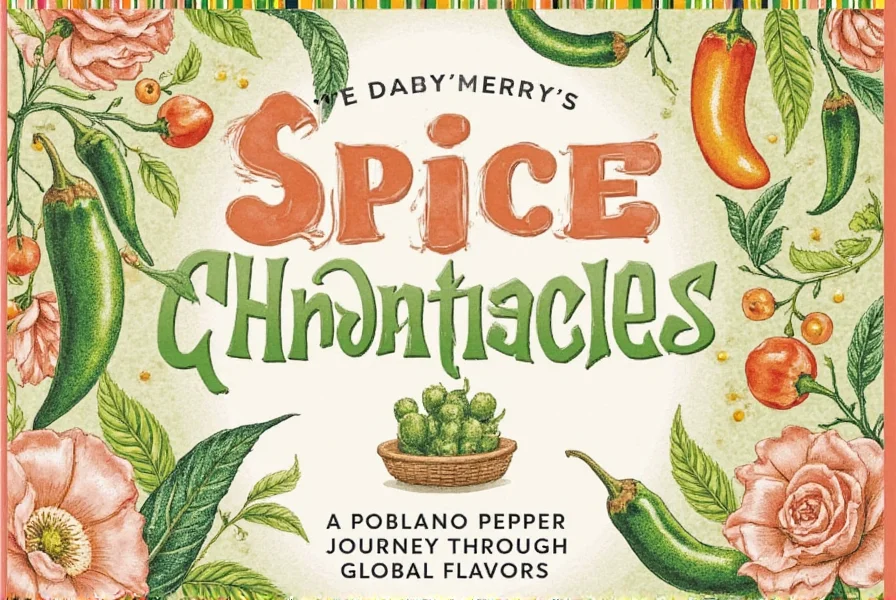
The journey of the poblano pepper is a testament to the power of food to connect us. As we continue to explore new flavors and traditions, let’s celebrate the humble yet remarkable poblano for what it is—a true global spice icon.

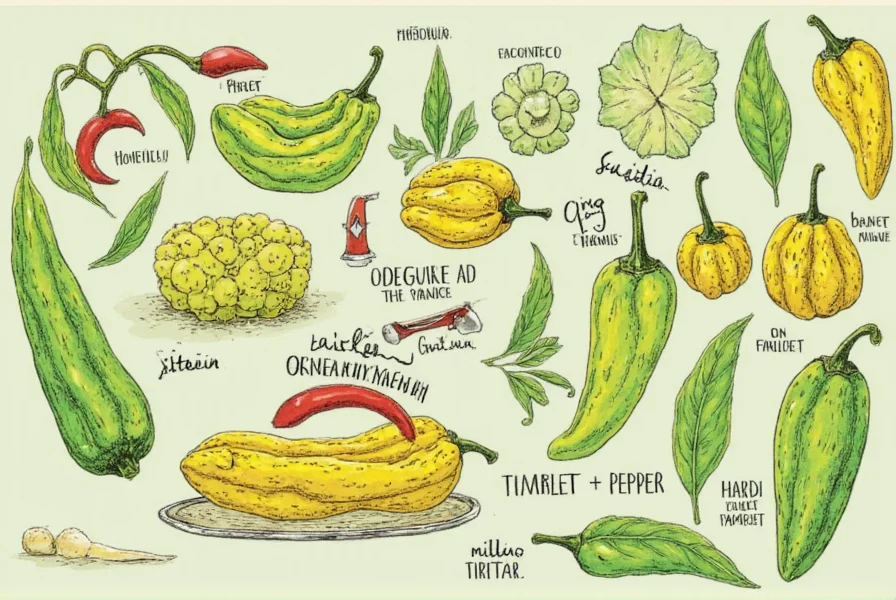









 浙公网安备
33010002000092号
浙公网安备
33010002000092号 浙B2-20120091-4
浙B2-20120091-4